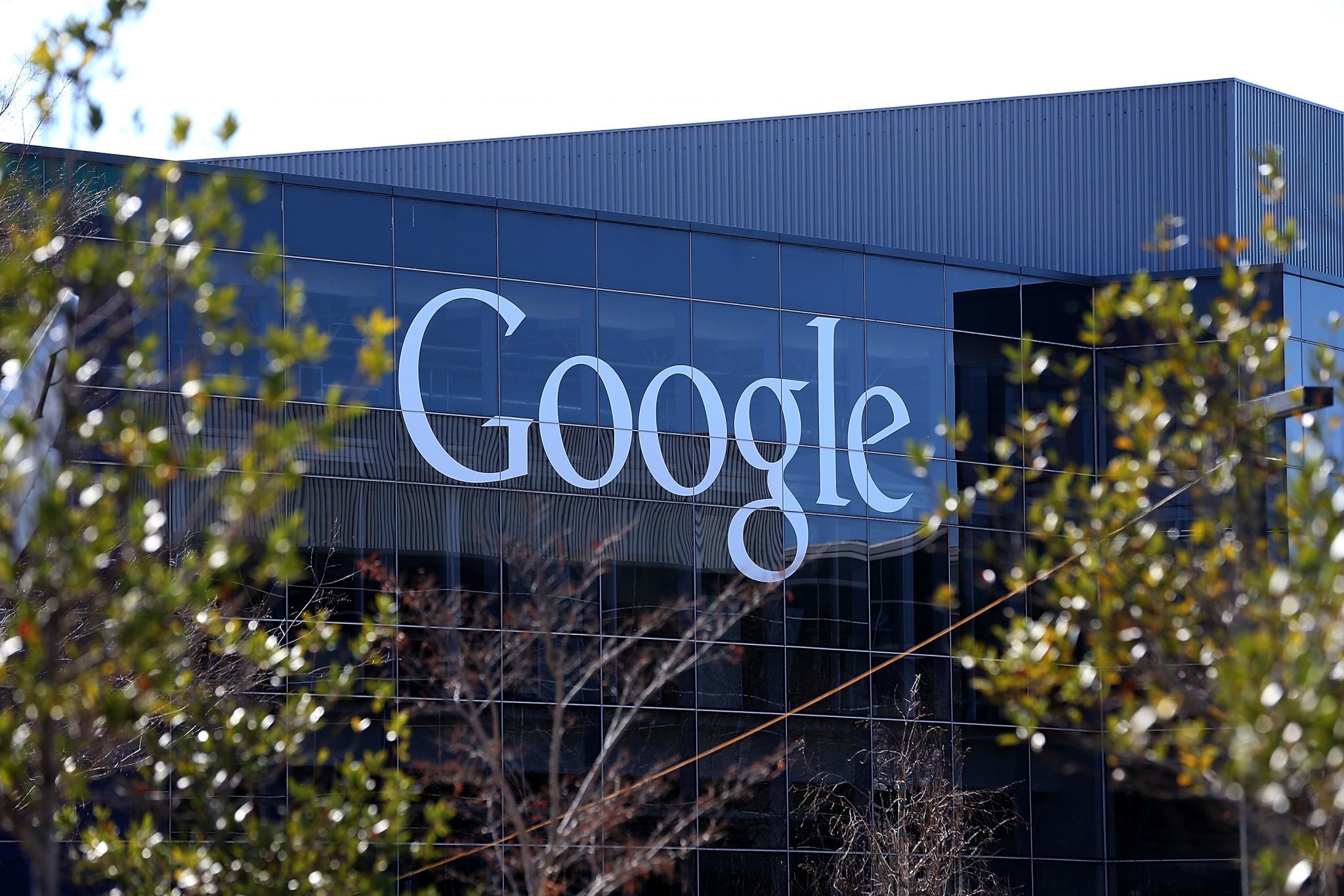
Stephanie Lampkin knows all too well how implicit bias rears its ugly head in the tech industry.
The Stanford University and MIT grad applied for a job at Google several years ago as an analytical lead. She had at least a decade’s worth of experience and not one but two degrees that trumpeted her abilities. Still, Google didn’t hire her.
“I was told I wasn’t quite technical enough,” Lampkin told the audience at a recent Google symposium titled “Changing the Equation,” which took place in its Venice, Calif., offices. “But that they’d hang on to my resume in case some more sales or marketing positions opened up. This was six months after I graduated from MIT so I politely declined.”
In 2014, when Google released its diversity statistics, it became quite clear that the majority of the company’s employees are white males. Other tech giants such as Facebook, Yahoo and Apple followed suit and revealed similar disparities in their hiring and employment practices.
Progress has been ongoing but slow, to say the least, and a breakdown reveals that Google’s workforce is now 69 percent male – versus 70 percent from two years ago – and 31 percent female.
Meanwhile, 4 percent of Google’s new hires in 2015 were African American but African Americans still only constitute 2 percent of the company’s workforce. Meanwhile, 59 percent of Google employees are white, 32 percent are Asian and 3 percent are Hispanic.
As a part of its $150 million initiative to improve its lack of gender and racial diversity, Google is making a concerted effort to recruit more women and people of color and create an ongoing dialogue with the media about its strides and setbacks. This includes hosting events and symposiums to pinpoint the lack of inclusion and to create viable opportunities within the tech industry and other STEM (science, technology, engineering and math) fields. Having experienced her own professional rejection from Google, Lampkin saw an opportunity. So she created Blendoor, a recruiting application that hides candidate names and photos to help avoid unconscious bias in hiring.
“I kept hearing about it being a pipeline problem,” said Lampkin, the founder and CEO of Blendoor. “So I wanted to create an application that not only connected companies with diverse talent, but that produced enough data. There are qualified people that are being overlooked and this app enables [employers] to see the skillsets and qualifications that are more relevant than traditional resumes.”
Google has also established recruiting relationships with nearly a dozen historically black colleges and universities and launched programs such as Building Opportunities for Leadership and Development or BOLD. The latter has brought both intern and full-time hires to Google, many of whom come from HBCUs, said Gozie Nwabuebo, Google’s Team Lead for HBCU engagement. There are currently 400-plus BOLD alumni still employed at the company.
“Proactively bridging the gap to underrepresented communities and committing to ongoing engagement isn’t just the right thing to do,” Nwabuebo said, “but often the fastest avenue to the fresh perspectives and powerful teams that will unleash tomorrow’s most compelling innovations.”
Subscribe to our daily newsletter for the latest in hair, beauty, style and celebrity news.
“What HBCU students don’t always have is mainstream acknowledgment for their abilities or the cultural advantage when it comes to interviewing for technical roles or life in Silicon Valley,” he added. “For our part, Google recognizes that if we want to build great products and services that appeal to the whole world, our staff should be just as diverse as the world outside of Mountain View.”
Knatokie Ford is the senior policy advisor for the White House Office of Science and Technology Policy. She said she hopes that once films such as Hidden Figures arrive in theaters, more women and girls of all races who love science and math will see that they should pursue STEM careers, too.
Hidden Figures, which arrives in theaters on Christmas, stars Taraji P. Henson and tells the story of the unsung African-American women who worked as human computers and calculated NASA’s flight trajectories in the 1950s and 1960s that landed American astronauts on the moon.
“We’ve had persistent challenges with diversity for decades,” Ford said. A graduate of Clark Atlanta University and Harvard, Ford was the keynote speaker at Google’s “Changing the Equation” event.
“Women make up 50 percent of the U.S. population but are only 29 percent of the STEM workforce.”
“When it comes to race and ethnicity, African Americans and Hispanics are 26 percent of the residential population over the age of 21,” Ford told the racially diverse crowd. “But when it comes to the STEM workforce, it is barely 11 percent. We’re missing out on ideas. When you have team members with diverse perspectives, they’re more creative, more innovative and they’re better at solving problems.”